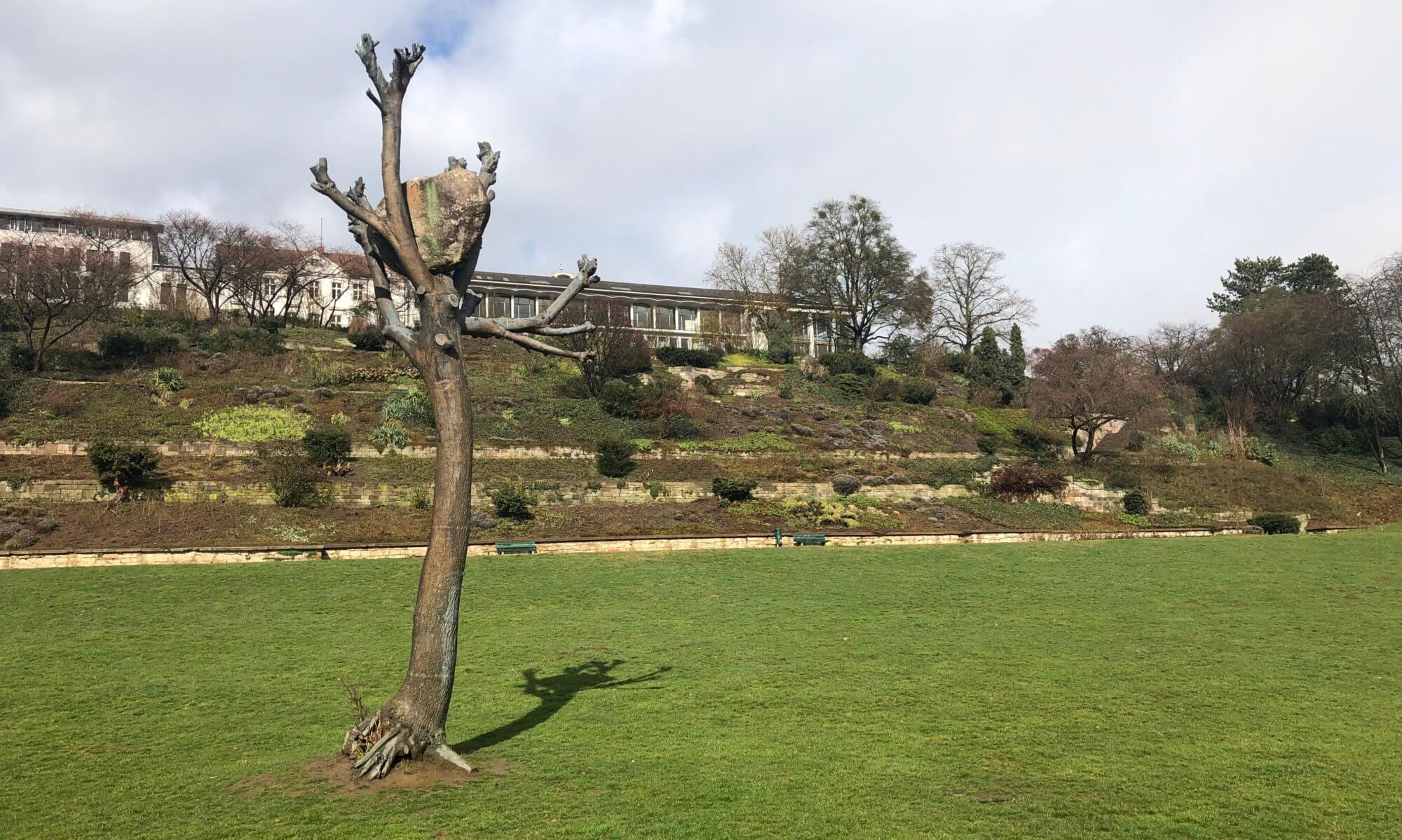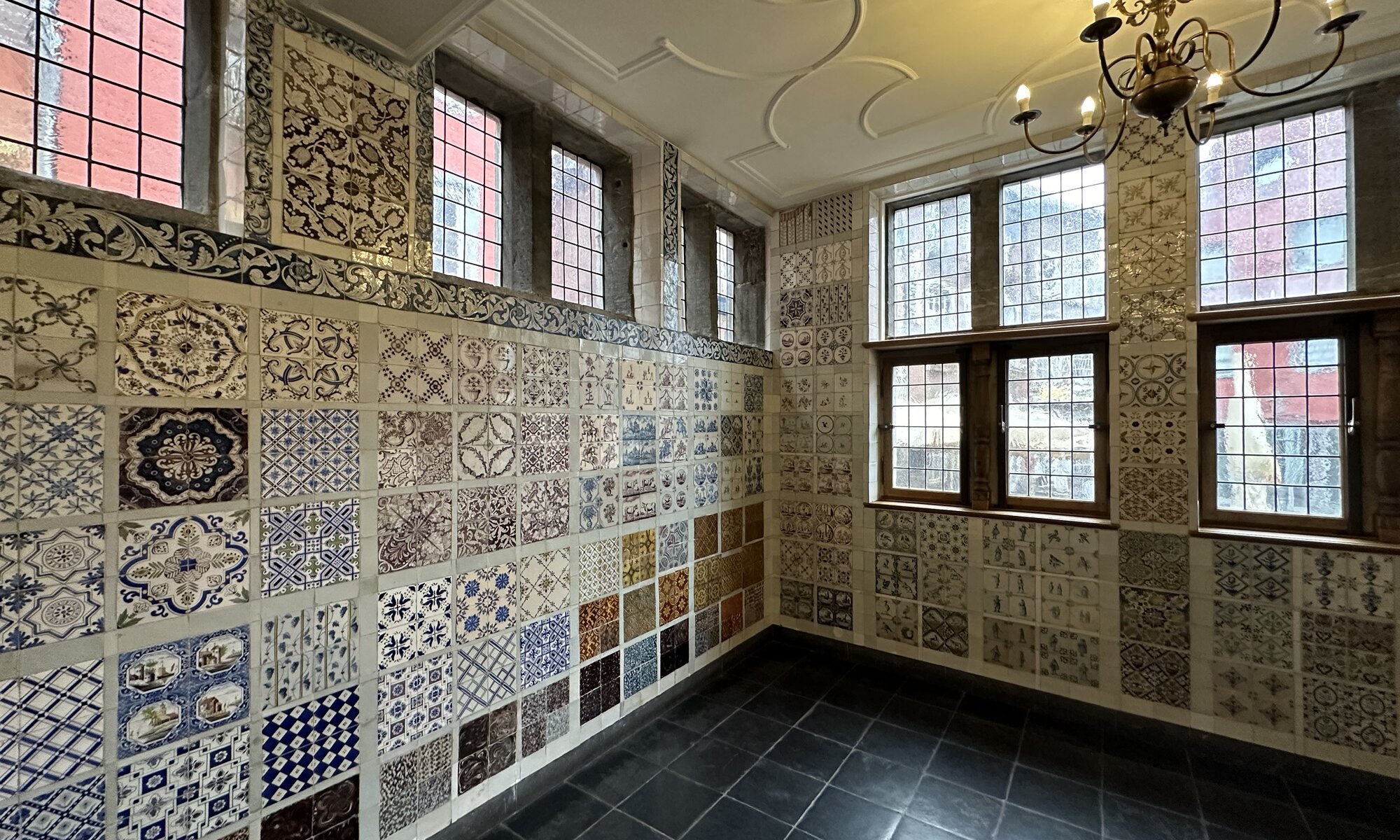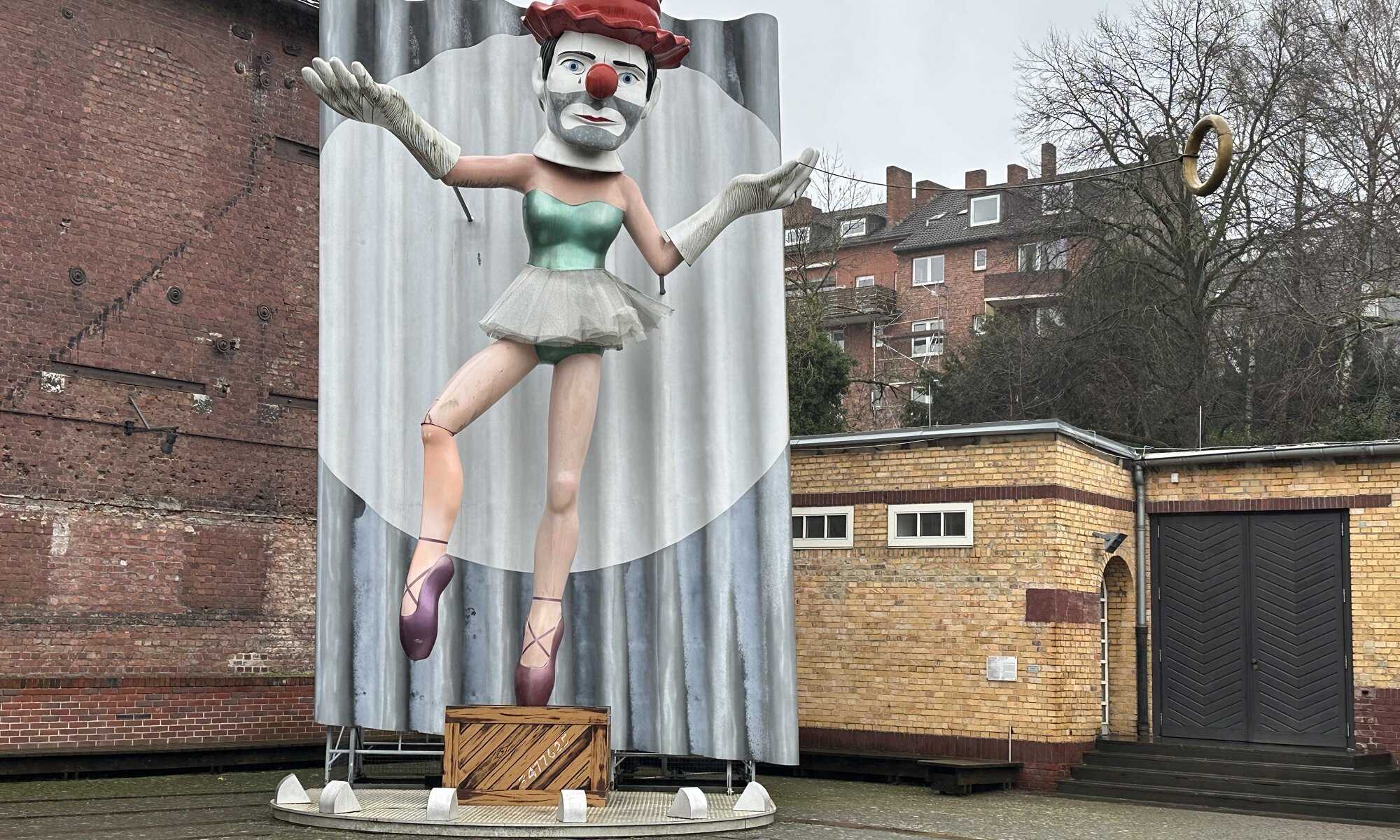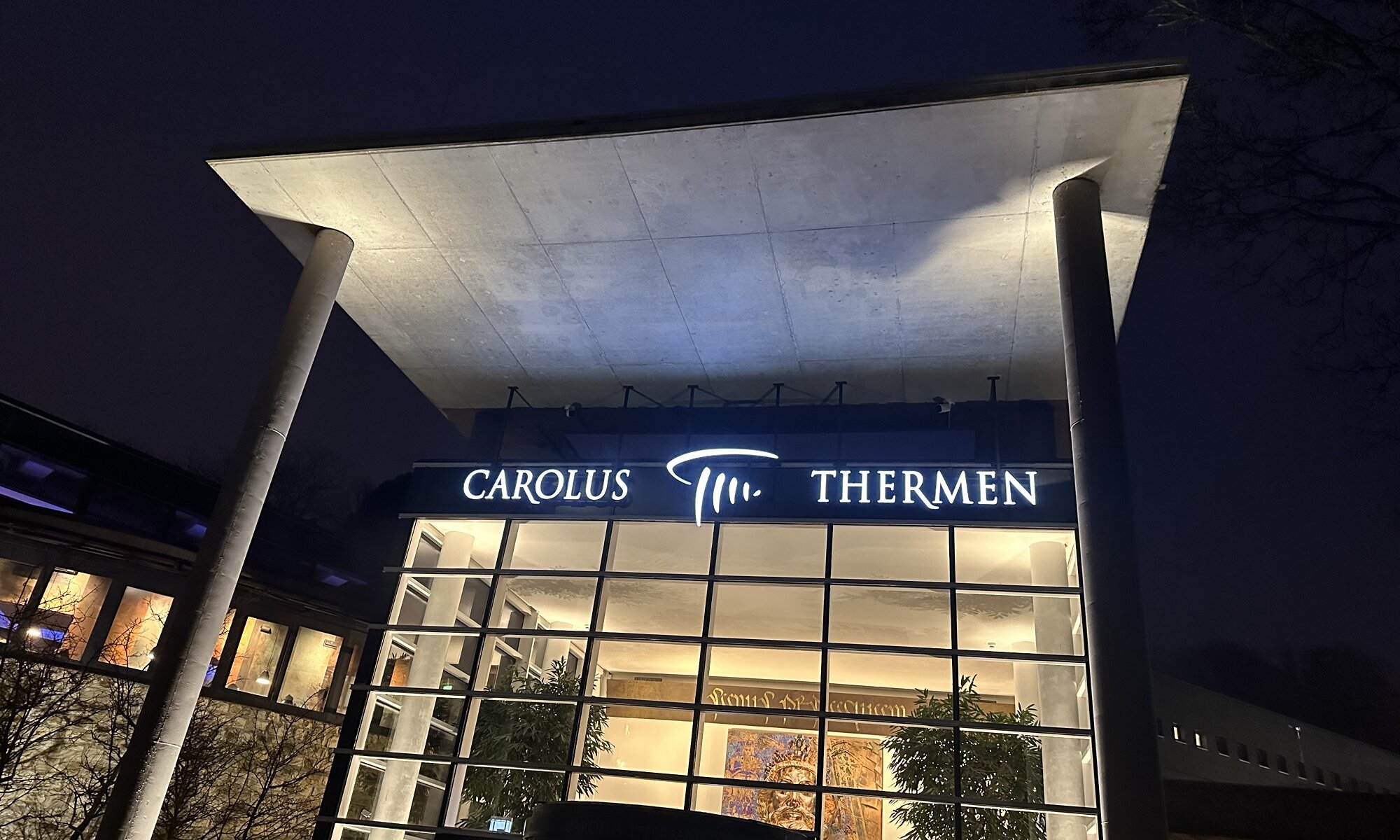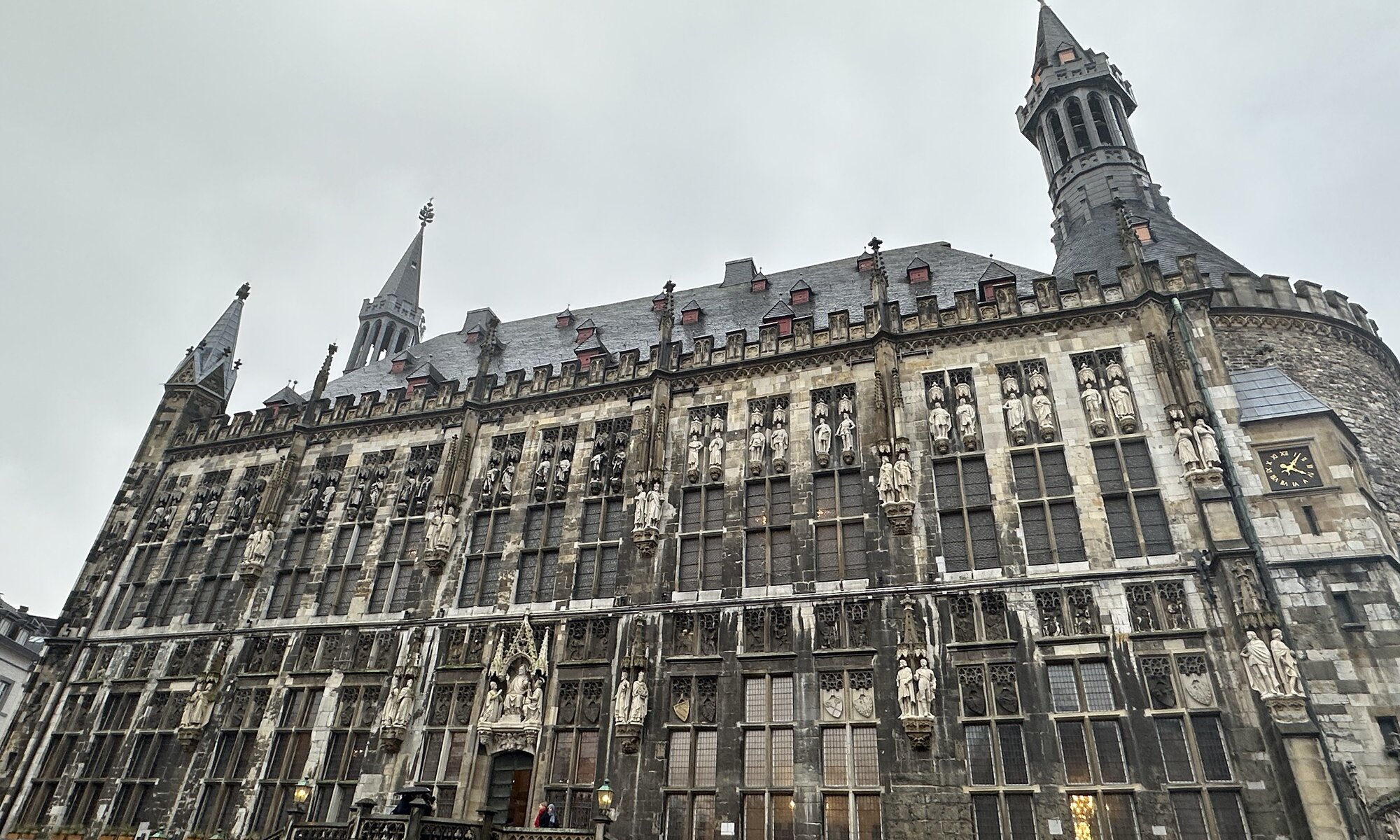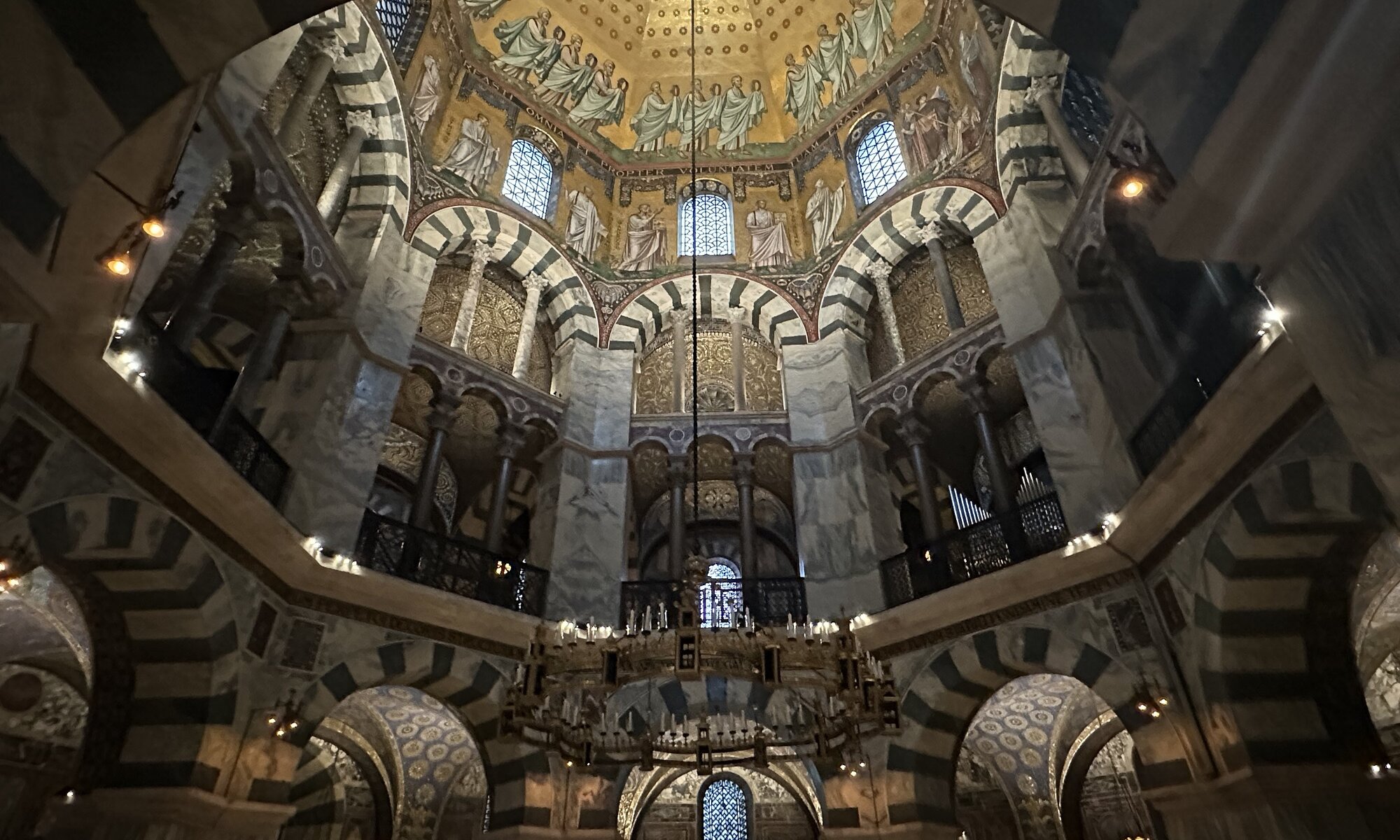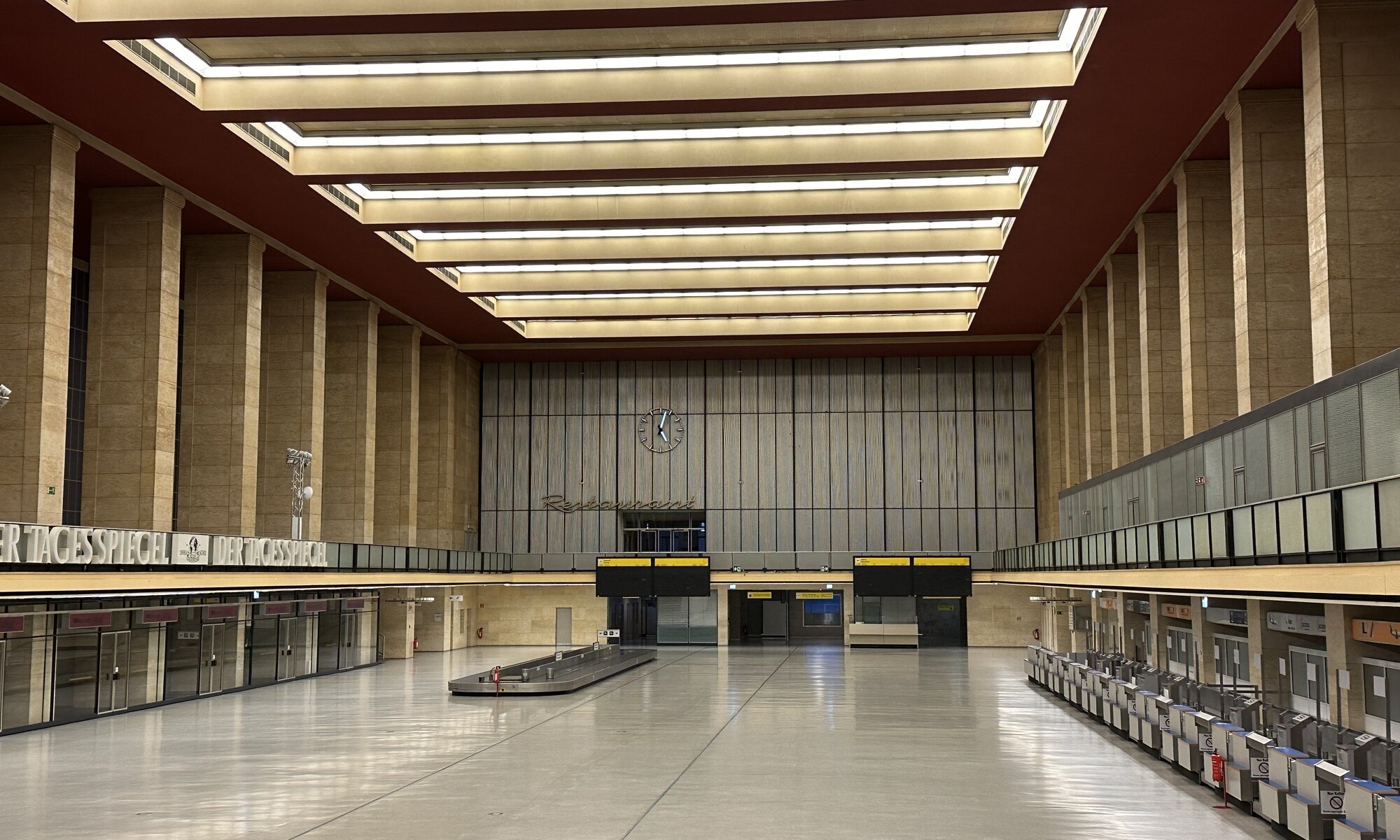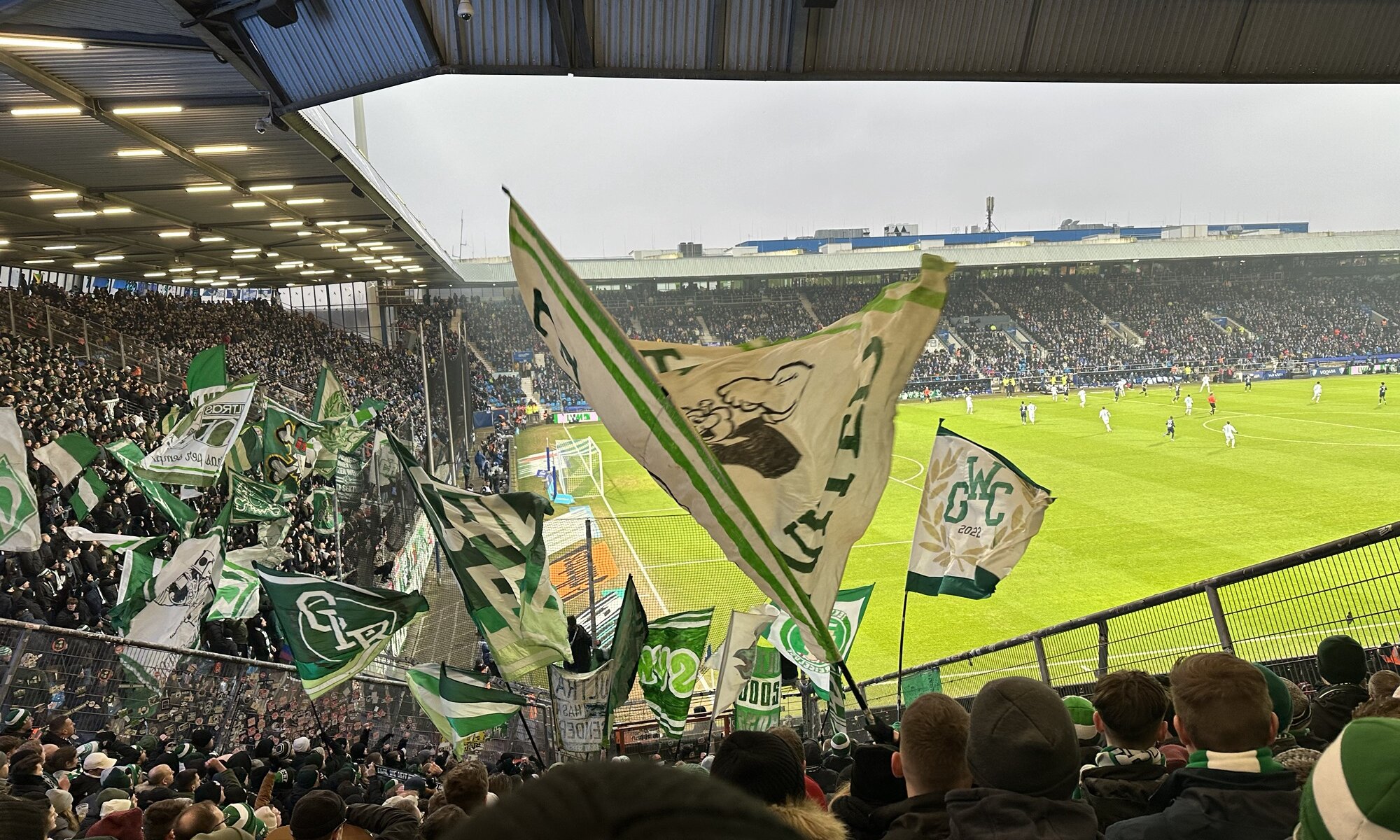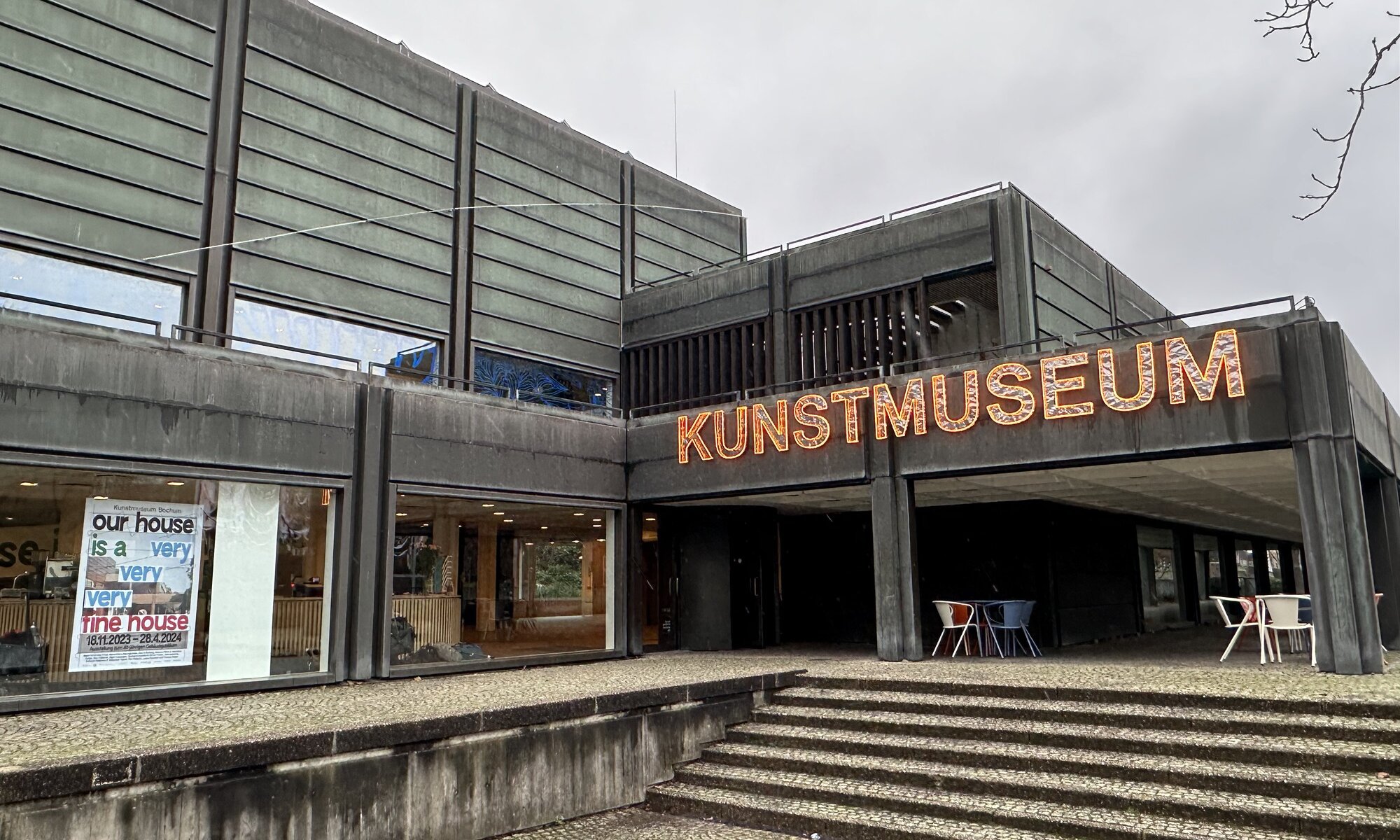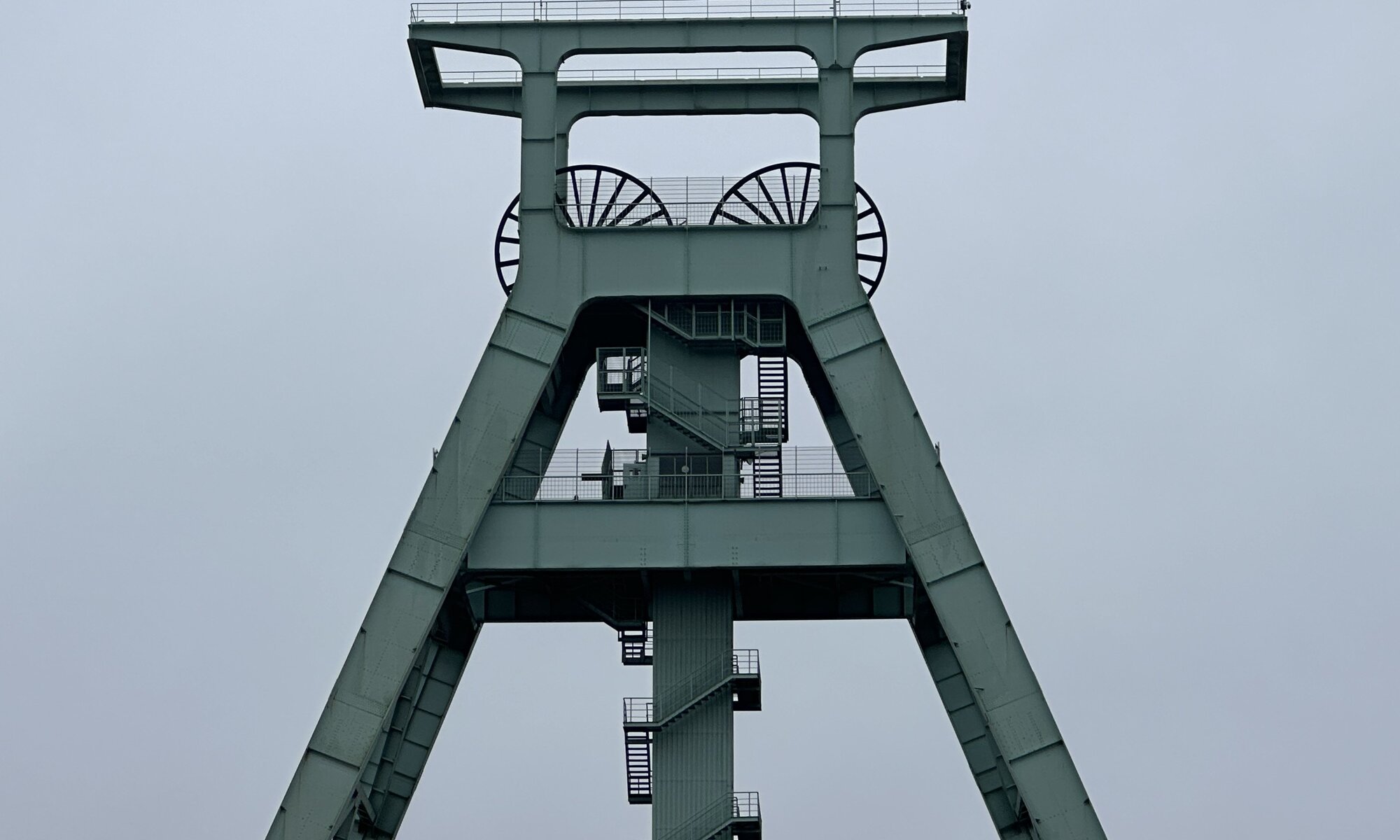Johann Joseph Couven was an architect who created many churches, castles and villas in the area of Aachen. He was mainly working in Rococo and Baroque style and Couven was for example responsible for the redesign of the town hall building of Aachen including the market place in front and the Karlsbrunnen fountain. The Couven-Museum is located in building designed by his brother Jakob Couven: the Haus Monheim at the Hühnermarkt in the city center.
Continue reading “Couven”Umbrella factory
Since 1882 the Schirmfabrik Brauer was manufacturing umbrellas at Aachen. Between 1928 and 1984 the factory was located in the Jülicher Straße close to the city center. The factory building was created in New Objectivity style connected to Bauhaus, an amazing architecture including a saw-tooth roof typical for these times. And it is therefore no surprise that since 1987 the building is a protected heritage – but what to do with an historic factory that costs money to be preserved over time?
Continue reading “Umbrella factory”Rosenquelle
The reason to found the city of Aachen in exactly its current position and to create a Kaiserpfalz there is the existence of hot springs. Water is heated up in the underground and appearing in different places of the city center – the most obvious of one of these is the Kaiserquelle, today mostly named Elisenbrunnen. A hidden one is the Rosenquelle which is hidden today: its waters are 47 degrees Celsius hot at the surface and it is transported from the city centre to a spa, the Carolus-Thermen.
Continue reading “Rosenquelle”Centre Charlemagne
The history of Aachen is rich: from hot springs to the Romans, from the most important personality Charlemagne to the Karlspreis recipients, from the Treaty of Aix-la-Chapelle in 1748 to equestrian sports. For sure a city like this has its own city museum and in this case it is named Centre Charlemagne. It was opened in 2014 at the Katschhof between the cathedral and the town hall building.
Continue reading “Centre Charlemagne”Karlspreis
The town hall of Aachen is a Gothic style building created in the 14th century as a replacement for the Grashaus. It was built on parts of the former Kaiserpfalz and includes the Granusturm, a tower that was raised by 14 meters. Still today you can see the difference between the older and the newer parts of the tower. A requirement for the design of the town hall building was, that a special room had to be included: a hall for the coronation feast of the Holy Roman Emperors. The coronation happened at the cathedral close by, the feast was held at the town hall – and this hall is still there, used today for the awarding ceremony of the Internationaler Karlspreis zu Aachen.
Continue reading “Karlspreis”Aachener Dom
When in 1978 the UNESCO published the World Heritage Site list for the very first time there was only on entry from Germany: the Kaiserdom zu Aachen. It was created by the order of emperor Charlemagne from 795 on and it was part of his Kaiserpfalz at Aachen. Emperors by that time were continuously travelling and had different palaces in their territory. The most favorite palace of Charlemagne was at Aachen and you can still see that in the beauty of this cathedral.
Continue reading “Aachener Dom”Zentralflughafen
The Tempelhof airport (THF) at Berlin was one of the earliest public airports at Germany operating between 1923 and 2008. During this time it was continuously extended and was ahead of its time: with hotels, restaurants and a subway stop directly next to it. Today it is replaced by the new Berlin airport (BER), the historic building is used for offices and the former airfield is now a vast park known as the Tempelhofer Feld, larger than the country San Marino. Additionally you can book guided tours at the former airport to experience the special architecture.
Continue reading “Zentralflughafen”Ruhrstadion
The soccer stadium of Bochum is known as the Ruhrstadion or Stadion an der Castroper Straße and is home to the traditional club VfL Bochum (the VfL stands for ‘Verein für Leibesübungen‘ which translates to ‘association for physical exercise‘). The club was created in 1848, the stadium was opened in 1911 – but it was altered and extended several times since then. The Ruhrstadion is pretty close to the city center of Bochum which is pretty much unusual these days; many German stadiums have been shifted out in the past.
Continue reading “Ruhrstadion”Kunstmuseum Bochum
The art museum of Bochum was created as the Städtische Gemäldegalerie already in 1921. After residing in different locations and having exhibition at various places the museum did a restart at the Villa Marckhoff-Rosenstein (built in 1900 for two influential families) in 1960 and this building was extended with a modern building in 1983. Today the modern part is used to exhibit changing exhibitions of modern art.
Continue reading “Kunstmuseum Bochum”Glück auf
Getting to the Ruhrgebiet is always a good opportunity to learn about mining history in Germany. For hundreds of years coal and ore have been gathered here from the ground, driving industrialization and creating a special culture with its own traditions. If you’re interested in modern mining technologies you should visit the Deutsches Bergbaumuseum at Bochum. It is a combination of a classic museum, a research institution and a demonstration site: by elevator you can go down and explore modern mining machinery within a mine.
Continue reading “Glück auf”